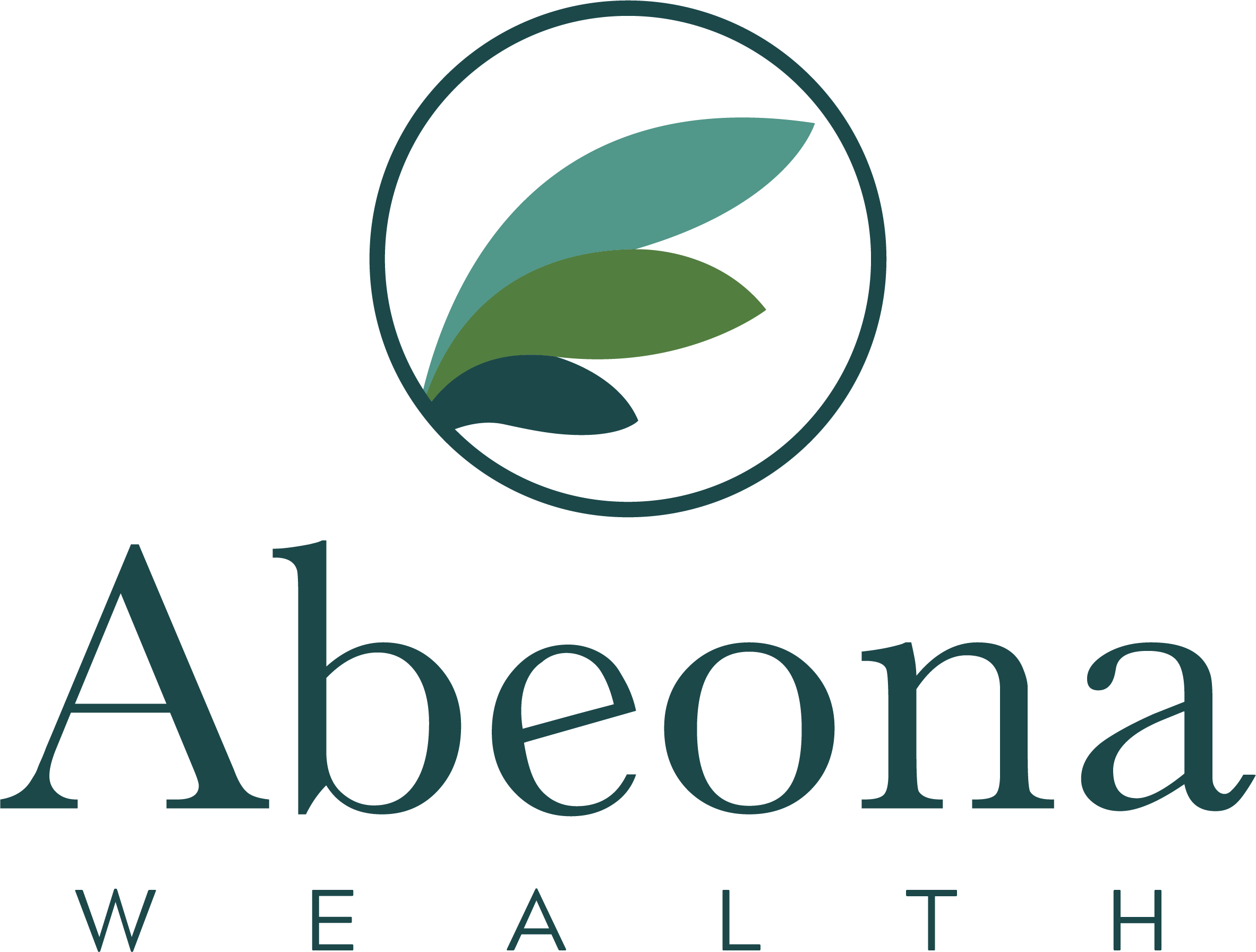Many employers offer retirement savings plans for their employees as an incentive to work there. A job that offers a retirement savings plan is a massive benefit to help you prepare for retirement. Even if the choices and regulations seem overwhelming, it is important to start somewhere. The most common type of employer-sponsored retirement plan is the 401(k). Nonprofits and educational institutions may offer a 403(b) plan, which has very similar characteristics.
Unfortunately, women are often behind the curve when it comes to preparing for retirement. Even (and especially) young workers need to be thinking about and saving for retirement. The earlier you start, the better off you’ll be.
Why It Is Important to Save in Your 401(k)
Did you know that 19% of women have not saved anything for retirement? That’s pretty alarming. By contrast, men consider saving for retirement a #1 priority, whereas women rank it #5 behind daily costs of living and paying down debt.
These figures are especially important to turn around given that women retire two years earlier than men, and 44% of women worry that they’ll run out of money in their retirement. So what can women do to help take back control of their future financial security?
The first place to start is educating yourself on the key features of your 401(k) and how to take full advantage of this benefit. This will give you a better understanding of your current benefits, as well as any potential benefits when evaluating new job opportunities.
10 Key Things for Women to Know About Your 401(k)
#1. You May Have to Wait to be Eligible to Participate
Employers want to make sure that you’ll be an employee long enough to invest in you and your retirement savings. You might have to wait 6 months to a year to be able to start contributing.
#2. There are Limits to What You Can Contribute
In 2021, you can contribute a maximum of $19,500 a year from your earnings. These contributions are called “deferrals.” When you are eligible, you will be asked to set either a dollar amount or percentage from each paycheck to go into your retirement account. Sometimes, employers will automatically enroll you when eligible at a set percentage, like 3%, and will increase your percentage contribution each year automatically. This is a good thing!
#3. Your Money Grows Tax-Free
If you invest outside of a retirement account, you’ll owe taxes each year on your earnings through dividends, interest, and capital gains. All of these are not taxed in a 401(k) or other tax-deferred retirement account, allowing more money to stay in the account and compound over time.
#4. Your Contributions are Pre-Tax
If you make pre-tax contributions, the contributions reduce your taxable income (unless you elect Roth contributions). The reduction in your paycheck is not going to be dollar-for-dollar. You’ll owe less in taxes, and less taxes will be deducted from your paycheck. The government will get its taxes when you withdraw the funds in retirement.
#5. Roth Contributions are After Tax
Some 401(k) plans offer a Roth option for contributions. These funds are contributed after-tax, so they do not help your tax position. Roth contributions can be a powerful way to fund your retirement because your account grows tax-free, and withdrawals are not taxed in retirement. If you are early in your career or think you’re in a lower tax bracket now than you will be in retirement, Roth is a good choice for you.
#6. You Can’t Withdraw Funds (without Penalty) Until You’re 59.5
It is best to think of your 401(k) as long term money that can’t be touched. If you take withdrawals from your account, you will owe taxes plus a 10% penalty. Unless it is an emergency and there is no other option, leave it there. There are some allowances that waive the penalty (but not taxes) for certain hardships.
#7. You Must Withdraw Funds Starting at 72
If you have pre-tax contributions to your 401(k), you will have to start withdrawing Required Minimum Distributions (RMDs) from the account each year starting at age 72. There are hefty penalties for forgetting to take RMDs, so it is important not to forget!
#8. Your Employer May Match What You Contribute
Many plans offer a match up to a certain percentage. For example, if you put in 5% of your salary, your employer will also contribute 5%. This is free money! Always prioritize contributing at least up to the match. Additionally, some employers may contribute a profit-sharing contribution in years that the company does well, like an additional 3% of your salary.
#9. Your 401(k) is Yours, Even If You Change Jobs
You may want to “roll over” your 401(k) if you move employers. Your contributions from your paycheck are always yours. There may be a vesting requirement for employer matching contributions, so if you leave before you’ve worked through the vesting period, you may forfeit some of your balance. There are a few options when you change jobs:
- You can leave your 401(k) alone, stop contributing, and let the funds continue to grow tax-deferred.
- You can “roll” your 401(k) to your new employer’s 401(k) plan and continue to contribute there if they allow it.
- You can “roll” your 401(k) to a Traditional or Roth IRA. This will give you greater flexibility around your investment options but may bring additional fees. Employers typically pay management fees for 401(k)s.
#10. You Will Choose Your Own Investments
Your 401(k) will have a list of investment options from which to choose, and you will be responsible for choosing your investments. The decision with the biggest impact on your long term growth is the percentage of your portfolio in stocks (risky investments) vs. bonds (safer investments).
If you have a long time until retirement, you have time and ability to ride out the inevitable rise and fall of the stock market, especially if you have the mindset that you will not touch the account until retirement.
Most 401(k)s will offer some sort of managed option, like a Target Date Fund. A target date fund is an “all-in-one” fund that is typically well diversified and exposed to many parts of the stock market. It also gradually reduces risk over time. If you pick your own investment options, look for low-cost (low fund expense ratio) index funds.
Don’t Miss Out on These Important Retirement Savings!
Start early and prioritize saving and investing for the future. Continuously increase your contributions over time with the goal of hitting the maximum allowed contribution and always take advantage of the employer-offered match.
Here at Abeona Wealth we help our clients navigate the options and make decisions about their workplace retirement plans to help them reach their ultimate goals. If you would like help making sense of your 401(k) options, please contact us for a free consultation.

